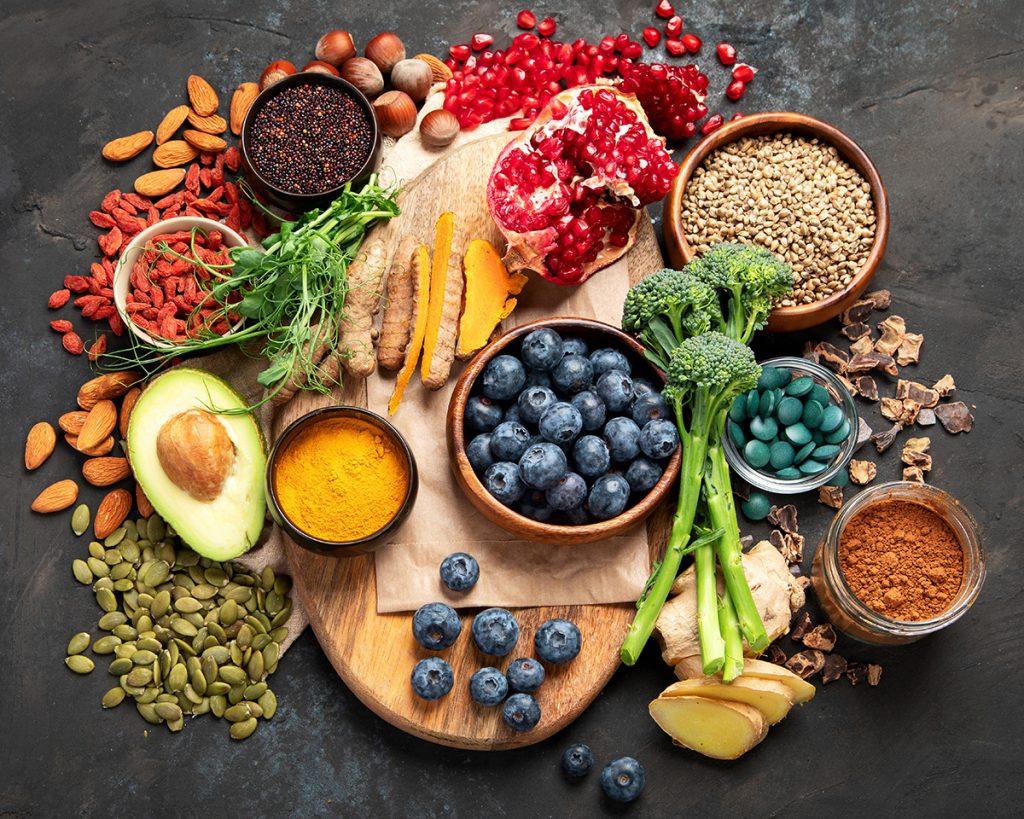
Are you feeling torn between organic and non-organic options in the grocery aisle? Choosing organic is often suggested, but it can be challenging when prices can be up to 30% higher.
Organic foods have become popular for their health benefits, environmental protection, and less exposure to harmful pesticides. But we also understand that cost is a factor to consider.
Organic foods are grown or produced without the use of synthetic chemicals, such as human-made pesticides and fertilizers, and do not contain genetically modified organisms (GMOs). Organic foods can be fresh or processed, including fruits, vegetables, grains, dairy products, meat, and other products such as sodas, cookies, and meat substitutes.
Keep reading to learn more about the advantages of going organic and when choosing more budget-friendly options is okay.
The Benefits of Organic: Promoting Health and Protecting the Planet
Nutritional Value
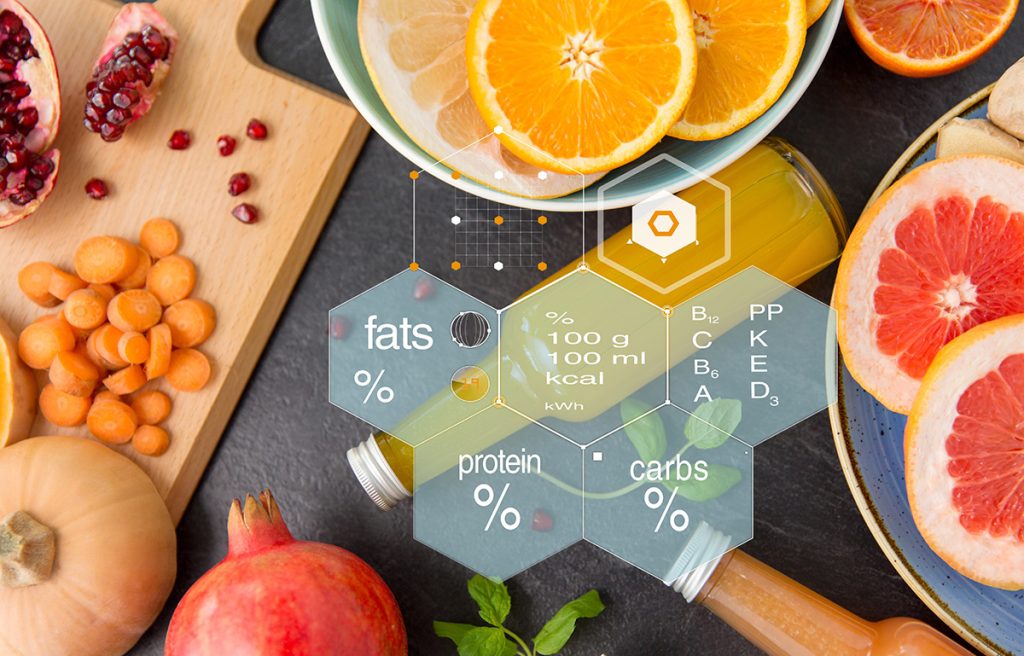
Organic foods are often considered more nutritious than their conventionally grown counterparts. Studies have shown that organic crops have higher levels of essential vitamins, minerals, antioxidants, and beneficial phytochemicals. By choosing organic, you can enhance your nutrient intake and support your overall well-being.
Reduced Pesticide Exposure
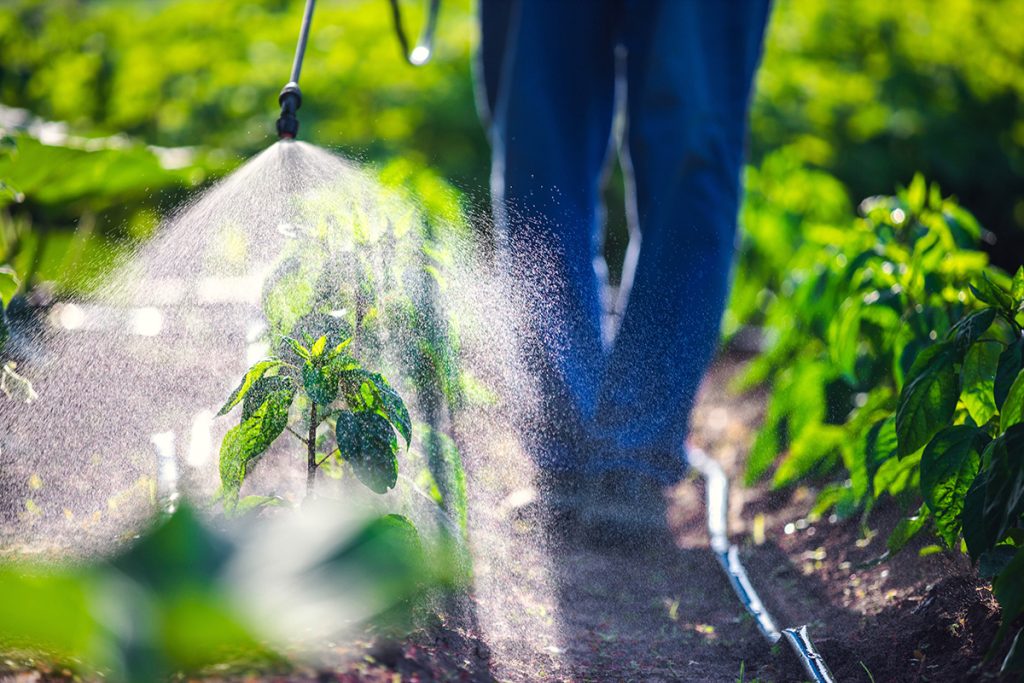
One of the primary reasons people opt for organic foods is to minimize their exposure to harmful pesticides. Conventional agriculture relies heavily on synthetic pesticides, which can harm human health.
On the other hand, organic farming practices utilize natural methods such as crop rotation, biological pest control, and composting to manage pests and diseases. This significantly reduces pesticide residues in organic produce, offering a safer choice for consumers.
Environmental Conservation
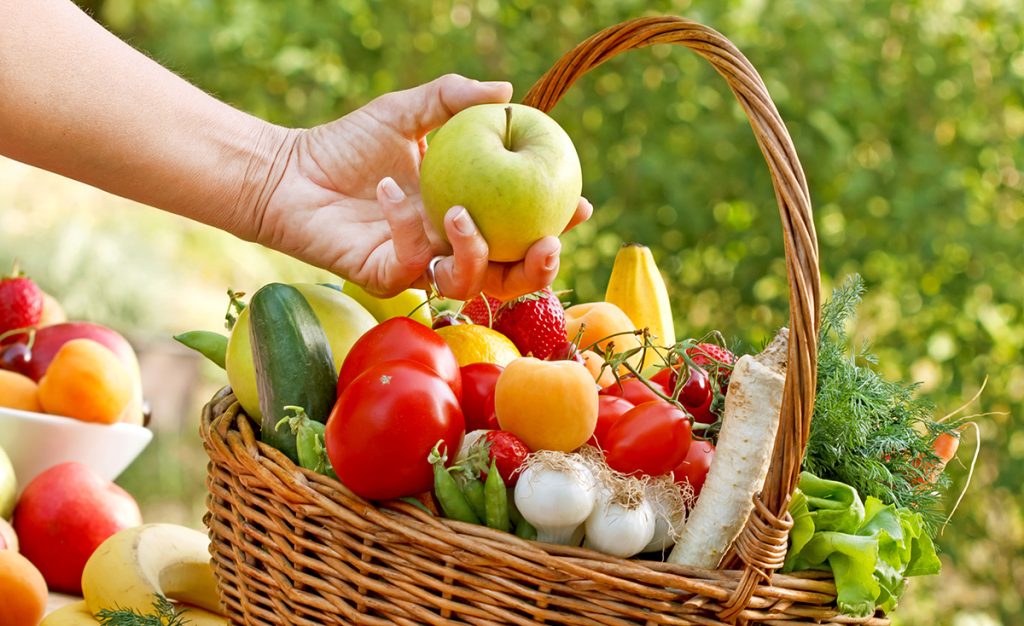
Organic farming practices prioritize the health of ecosystems and biodiversity. By avoiding synthetic pesticides and fertilizers, organic agriculture helps maintain soil fertility and prevents water contamination. It promotes natural pest and disease control, contributing to a balanced and sustainable ecosystem.
Additionally, organic farming techniques promote biodiversity, including protecting pollinators, such as bees, essential for crop pollination.
Enhanced Food Taste and Quality

Organic foods are often celebrated for their superior taste and quality. The absence of synthetic chemicals allows the natural flavors of organic produce to shine through.
Organic farming practices also prioritize soil health, improving crops’ nutritional composition and contributing to better taste and texture. Choosing organic can elevate the culinary experience and appreciation of food.
Supporting Sustainable Agriculture

By purchasing organic foods, consumers actively support sustainable agricultural practices. Organic farmers employ methods that promote soil conservation, minimize pollution, and reduce greenhouse gas emissions.
Organic farming also emphasizes using renewable resources, such as organic fertilizers and natural pest control methods. By opting for organic products, you contribute to the preservation of natural resources and the long-term viability of our food system.
Top 10 Must-Eat Organic
You make the smart choice for your health and the environment when you choose organic. However, we understand that organic is only sometimes available and can often be cost-prohibitive.
Below we’ve compiled a list of the top 10 foods more likely to have pesticide contamination. By buying these foods organic whenever possible, you can ensure you’re still making a positive impact.
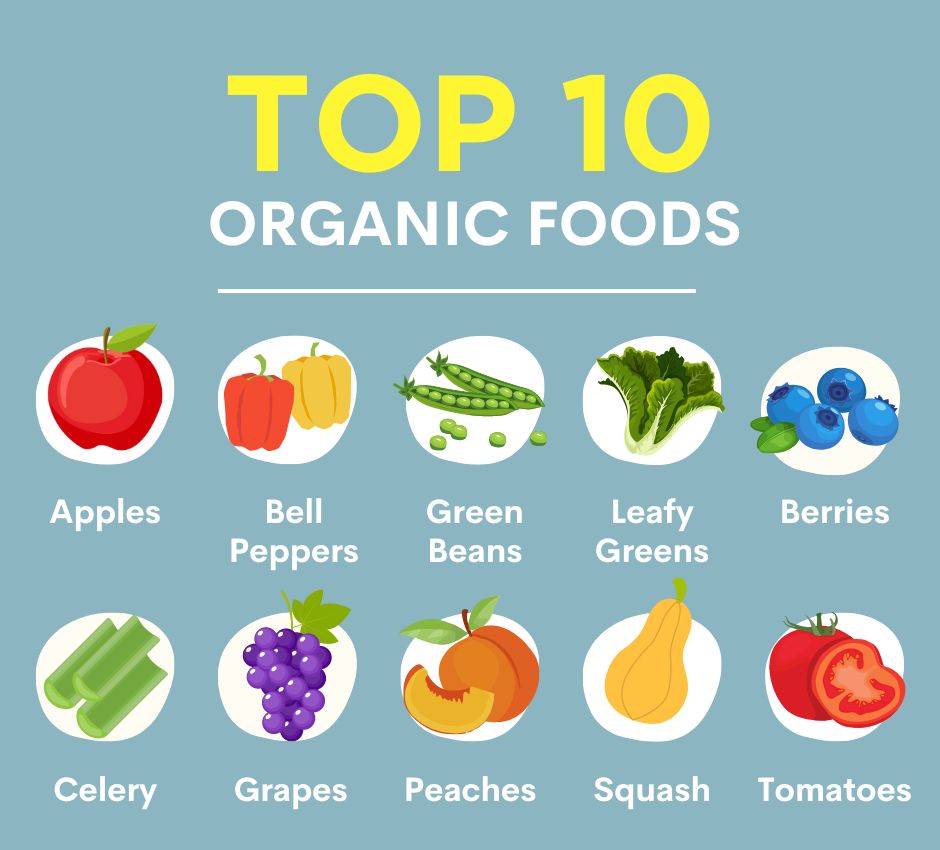
Top 10 Must-Eat Organic
1. Apples
2. Bell Peppers
3. Berries
4. Celery
5. Grapes
6. Green Beans
7. Leafy Greens
8. Peaches
9. Squash
10. Tomatoes
Top 10 Non-Organic Is Okay
While prioritizing organic foods is essential, some produce has lower pesticide levels, making it more feasible to buy non-organic. Here are the clean foods which are generally considered safe non-organic options.
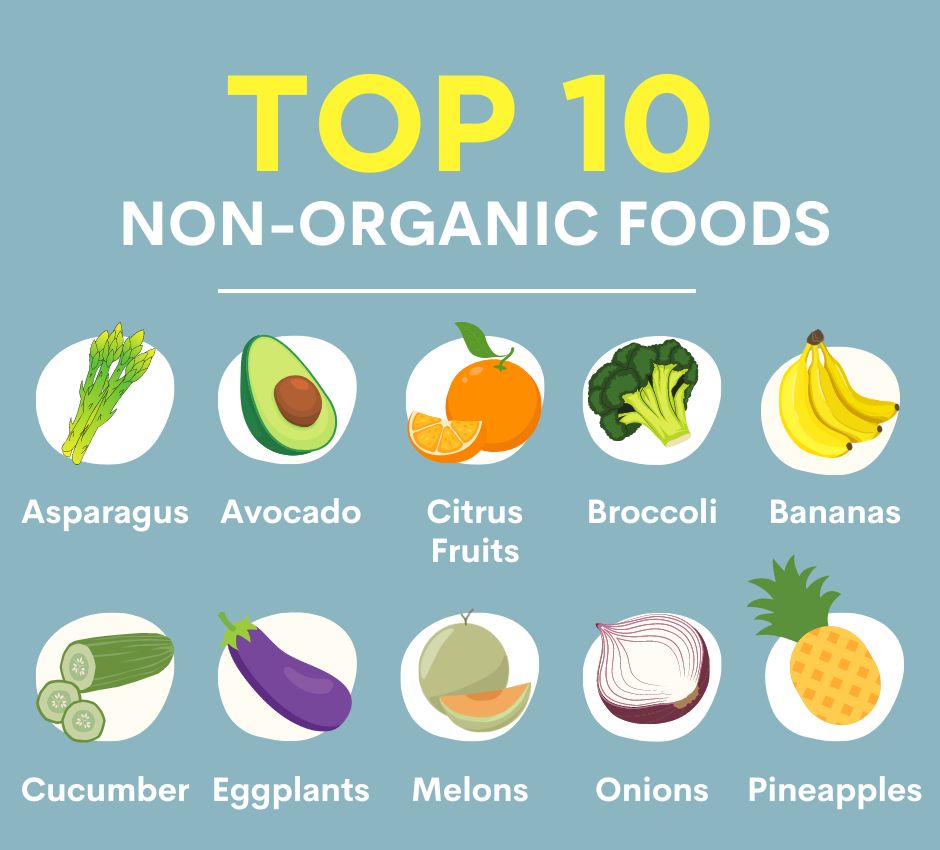
Top 10 Non-Organic Is Okay
1. Asparagus
2. Avocados
3. Bananas
4. Broccoli
5. Citrus Fruits
6. Cucumbers
7. Eggplants
8. Melons
9. Onions and Scallions:
10. Pineapples
Making Informed Choices
Choosing organic over non-organic is a conscious decision that can significantly impact your health and the environment. When you select organic produce, you prioritize nutrition, reduce chemical exposure, and support sustainable agricultural practices.
At the same time, making the switch to fully organic may not be feasible for everyone. By prioritizing the foods that carry the most risk, you can effectively reduce your exposure to harmful chemicals. Availability, affordability, and personal priorities should guide your decision.
Additionally, consider local farmer’s markets or community-supported agriculture (CSA) programs, which often feature organic produce. These options can provide fresher, locally sourced organic foods while supporting local farmers and contributing to your community’s sustainability.
Ultimately, making informed choices about the foods you consume empowers you to lead a healthier and more sustainable lifestyle. Embracing organic foods is a delicious and mindful way to nourish ourselves while protecting our planet.
Organic Turmeric & Ginger
With a history in anti-aging elixirs and research-backed benefits for joint, heart, and immune health, look no further than a quality turmeric supplement like Stonehenge Health® Dynamic Turmeric™. Each dose contains a potent 1,650 mg of organic turmeric powder, extract standardized to 95% curcuminoids, and BioPerine® for max absorption.
Happy users rave about increased mobility and freedom to participate in their favorite activities. Don’t settle for anything less than days filled with ease and mobility – try Dynamic Turmeric™ for a noticeable difference.
Sources:
1. “Stop Eating Pesticides” – Consumer Reports | consumerreports.org/pesticides-in-food/stop-eating-pesticides-a1094738355/
* These statements have not been evaluated by the Food and Drug Administration. This product is not intended to diagnose, treat, cure or prevent any disease.














